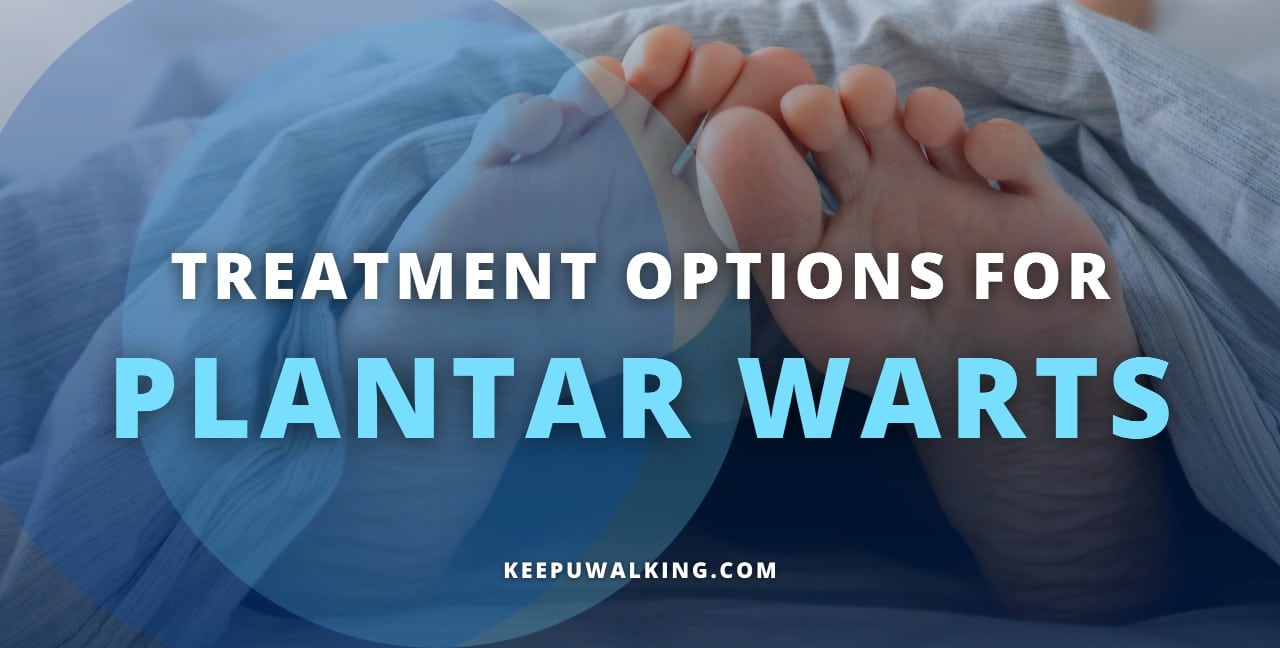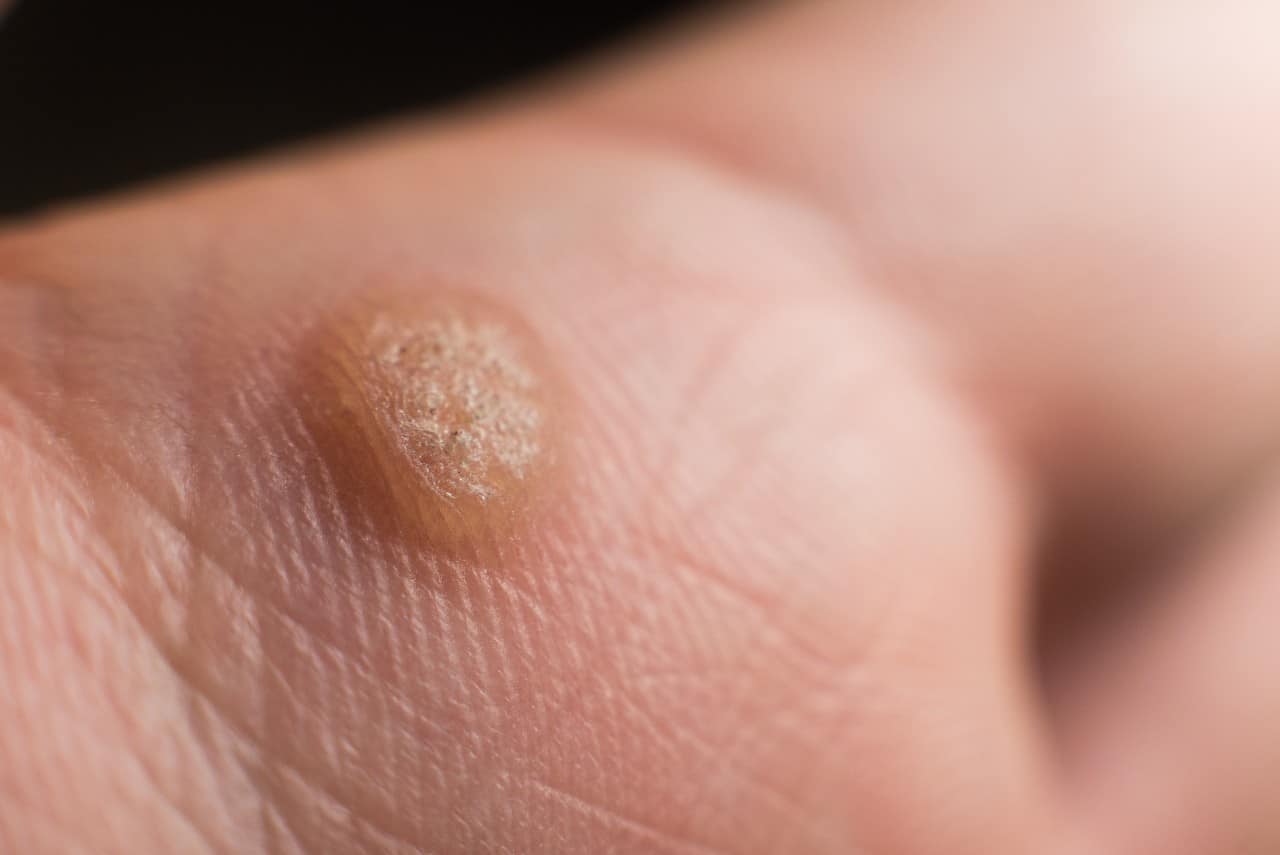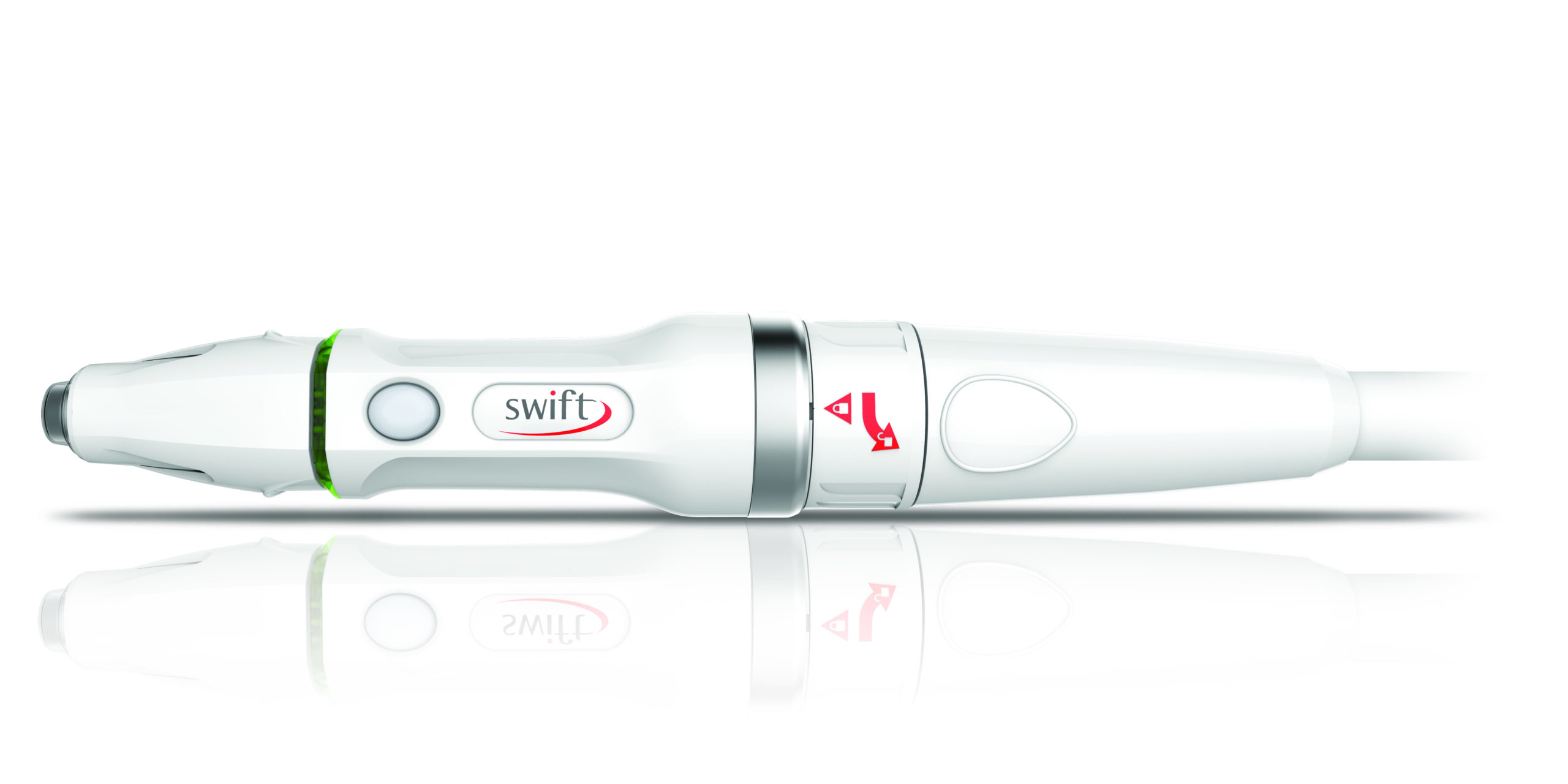Breaking Down the Different Treatment Options for Plantar Warts
If you’ve ever tried to look up plantar wart treatments online, you probably got an avalanche of information. Maybe it even left you a little confused.
That’s not entirely surprising. Out of all the conditions we treat on a regular basis, few have so many different kinds of treatment options supposedly available—from duct tape to liquid nitrogen to surgery, and a whole lot more besides.
The thing is, though, that not all of these treatment options are equally good. Some are downright terrible! So we thought we’d take a moment to break some of the most common options down for you.
We’ll also spoil the ending: Swift Microwave Therapy, a new treatment that’s now available at our office, is going to be the best choice for probably 95% or more of all cases. But in order to explain why, we need to take a closer look at what else is out there.
So, let’s get started! Here are your main options, roughly organized from worst to best:

No Active Treatment
Another way of saying this? “Let your body get rid of the warts on its own.” Or, alternatively, “do nothing.”
To be clear, this can work. Most warts do go away on their own, eventually.
However, not all do. And even if your wart does go away in time, this process could take months or even years to complete.
And in the meantime, as long as you have your warts, they have the potential to multiply and spread to other parts of your body, or even other people in your household. So even if you have one wart that isn’t really causing you any pain or frustration today, failing to take care of it could easily lead to several warts that are in places where they’d cause physical discomfort.
Needless to say, we don’t think this is a good option for most patients.
Home Remedies
This is a very broad category that includes things like dabbing warts with apple cider vinegar, applying herbal remedies like tea tree oil or milk thistle, or putting duct tape on the wart and peeling it off. There are literally dozens of “home remedies” out there that recommend you use common household products in novel ways in order to reduce your wart.
Unfortunately, most of these treatments have not really been rigorously studied or tested in a scientific way. And the studies that have been performed have shown negligible results at best. In most cases, if somebody says a home remedy worked, that wart was probably going to disappear on its own anyway.
Furthermore, although most home remedies are at least harmless, some may actually harm your skin, especially if you have diabetes or poor circulation. So trying one may actually be worse for you than doing nothing at all.
Over-the-Counter Medical Products
In this case, we’re talking about non-prescription “wart removal kits” you can buy directly from the pharmacy or grocery store. These typically contain either a salicylic acid solution or a “freezing” spray or gel. In most cases you apply the product as directed, then use a file or emery board to remove layers of dead skin.
There’s good evidence that products like these have a much higher rate of success than the “do nothing” or home remedy approach. However, those success rates are still quite a lot lower than treatments you’d get directly from a podiatrist—especially if your warts are quite large or you have a lot of them.
If your warts aren’t painful, and you don’t have diabetes or an impaired immune system, feel free to try an OTC product. Just don’t be too surprised if the results don’t quite live up to your expectations.

Non-Surgical, “Destructive” Wart Procedures
At most podiatric, pediatric, and general practitioner offices, one of these options will probably be the preferred choice. Essentially, they’re the prescription-strength version of the over-the-counter kits you can buy, using a concentrated peeling acid or cryotherapy (often with liquid nitrogen) to peel or freeze the wart off.
These procedures have been used for years, and for most people they do work well. However, that does not mean there aren’t still some drawbacks. Treatment sessions often produce some mild-to-moderate post-procedural pain, and occasionally bleeding. You’ll probably need your wart bandaged, and will have some aftercare instructions to follow. And it’s very likely you’ll have to repeat this cycle 3-5 times (or more, in some cases) before all your warts are finally gone.
Surgical Wart Removal
In terms of traditional therapies, this is the last resort when previous remedies fail. A wart that’s particularly stubborn or large may need to just be cut out completely.
While this does bring an end to the wart in question, it also has the most drawbacks—including significantly more pain, a lot more aftercare to worry about, and a much greater risk of complications.
And since all of the wart treatments we’ve described above are really only focused on removing the wart itself and not necessarily the underlying viral infection, surgically removed warts are still somewhat likely to return even after the procedure. While recurring warts aren’t fun in any circumstances, having them pop up again after going through the hassle of surgical excision can be particularly demoralizing.

Swift Microwave Therapy
Thanks for sticking with us. We’ve saved the best for last.
Swift Microwave Therapy basically turns the conventional approach to treating warts on its head. Instead of attempting to peel off, freeze off, or cut out the wart from the outside, the therapy heals the wart from the inside—including both the wart itself and the viral infection causing it.
The application of microwaves to the upper layers of the skin only takes a couple of seconds, but that’s enough to heat up water molecules enough to both treat the infected tissue and attract the attention of your body’s immune system, which typically doesn’t patrol the upper layers of skin all that consistently. (That’s why warts take so long to go away on their own.)
What you get, then, is a treatment that—when compared directly against the usual “best” options of cryotherapy or peeling acids—is:
- Equally if not more effective at eliminating warts.
- Significantly less painful—2-3 seconds of mild to moderate discomfort is all.
- Significantly safer, with virtually no risk of side effects or complications.
- Requiring no bandaging or aftercare whatsoever.
- Significantly effective at keeping warts from coming back in the future, since the treatment targets the underlying infection rather than just the visible symptoms caused by it.
For more details about Swift treatment and how it works, be sure to check out our service page on the technology!
When It Comes to Warts, There’s A Clear Choice
While there are several treatment options that could potentially lead to success—including doing nothing at all, technically—our advice here is simple. Why waste time with an outdated treatment plan when something better, easier, safer, and more convenient is readily available?
If you’re sick of dealing with foot warts, it’s time to give our office a call. Even if you’ve been dissatisfied with treatments you’ve had in the past, Swift Microwave Therapy is totally different—and we think you’re going to love the results!
To request an appointment, give us a call at (609) 714-0052 or connect with us online using our web contact form.
© Burlington County Foot & Ankle, Assoc., Inc. All Rights Reserved.
Privacy Policy | Terms & Conditions
Web Design by CP Solutions.
Marketed by VMD Services.
